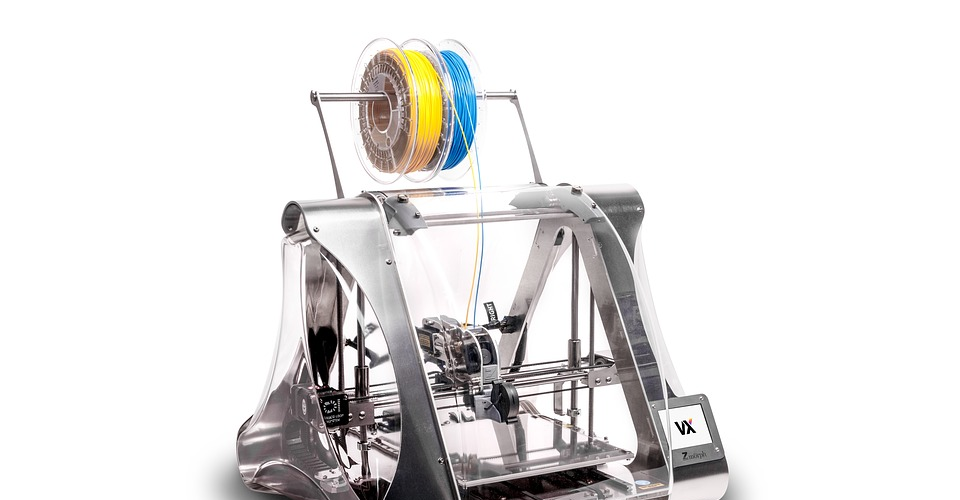Before we dive into the specifics, let's first understand why filament needs to be dried in the first place. When filament is exposed to air, it picks up moisture from the surrounding environment. This moisture can cause several problems during 3D printing, including extrusion issues, bubbling, stringing, and even complete failure of the print. It's essential to eliminate moisture from the filament before printing to ensure a smooth and successful printing experience.

Now, let's get into the specifics of drying different types of filament.
PLA Filament
PLA is one of the most common filaments used in 3D printing. PLA is known to absorb moisture faster than other filaments, which can cause issues during printing. The ideal temperature for drying PLA is around 50°C to 60°C. You can use a desiccant dryer with a temperature control system to ensure a consistent temperature. Be sure to place a moisture absorber packet or desiccant pouch in the dryer to absorb any moisture expelled from the filament and prevent it from reabsorbing.
ABS Filament
ABS is another popular filament that requires drying before printing. It's recommended to dry ABS at around 70°C to 80°C for at least four hours. Using a desiccant dryer is essential for this filament, as it requires higher temperatures and a more extended drying time. Make sure to use a vacuum-sealed desiccant pouch to eliminate as much moisture as possible before placing it in the dryer.
PETG Filament
PETG is a filament that requires more attention than most. It is hygroscopic, which means it absorbs moisture faster than other filaments. PETG is also prone to stringing and bubbling during printing; therefore, it's essential to dry it thoroughly before printing. The ideal temperature for drying PETG is around 60°C to 70°C for four to eight hours or until the filament's weight stabilizes. Using a desiccant dryer with a tight seal around the filament is recommended, and a moisture absorber packet inside the dryer is necessary.
Nylon Filament
Nylon filament absorbs more moisture than any other filament, and it's essential to thoroughly dry it before printing. The ideal temperature for drying nylon is around 70°C to 80°C for around eight hours. The use of a vacuum-sealed desiccant pouch before placing it in the dryer is necessary.
TPU Filament
TPU is a flexible filament that can be challenging to print. It's essential to remove any moisture before printing to avoid jamming and clogging the printer nozzle. The ideal temperature for drying TPU filament is around 50°C to 60°C for four to six hours. Using a desiccant dryer with a lower temperature setting and a tight seal is recommended, and placing a moisture absorber packet inside the dryer is necessary.
In conclusion, drying your filament is an essential step that should not be overlooked. Using a desiccant dryer with a temperature control system and a moisture absorber packet or desiccant pouch is necessary for each filament type. Taking care of your filament by drying it correctly will result in a successful and smooth printing experience. So, make sure to take the necessary steps when drying your filament and enjoy your prints!